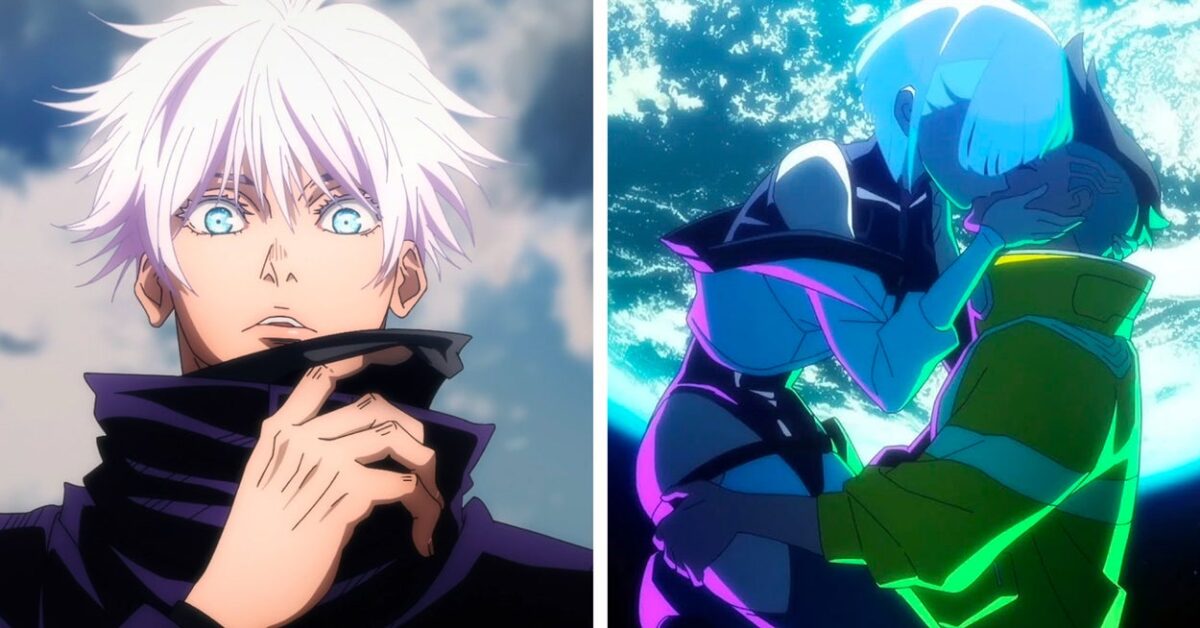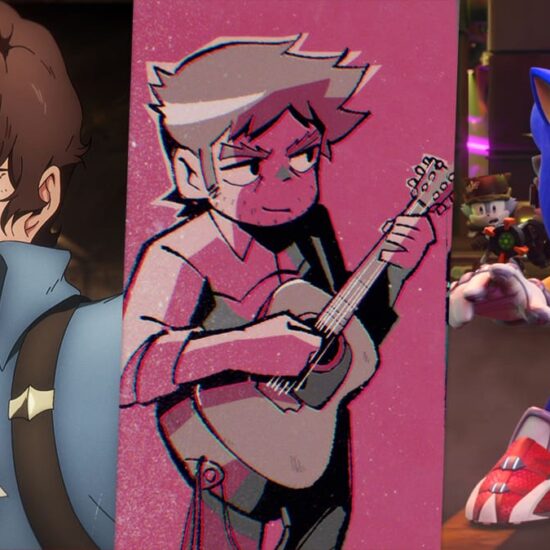
Diverse storytelling has always been a strong point associated with anime. From shonen (think action-driven stories with male leads like in Attack On Titan, Naruto and Chainsaw Man) to shoujo (more romance and fantasy-driven, like Sailor Moon and Ouran High School Host Club), slice of life (realistic and relatable stories as seen in K-On! and Non Non Biyori), isekai (when a character is suddenly transported from their world into a new or unfamiliar one, like in Sword Art Online) and everything in between, the wide range of genres present within anime drive home the message that it can be for anyone and everyone — you just need to find out what you enjoy.
But with anime experiencing such a meteoric rise in popularity around the world, it’s now more important than ever to acknowledge the diversity that’s also present among its fans. Historically, fandoms within anime — particularly for Western audiences — have been dominated by white CIS males, resulting in a toxic culture of gatekeeping, sexism, racism and homophobia. While this isn’t representative of the entire anime community, animation studios, streaming platforms, writers and fans all have a crucial part to play in breaking down these traditional barriers and making anime not only more accessible to a wider audience, but also more enjoyable. For example, Jujutsu Kaisen was universally praised for revolutionising the shonen genre through its well-written and complex female characters like Nobara, Maki and Mai — who are all outspoken, confident and powerful.













